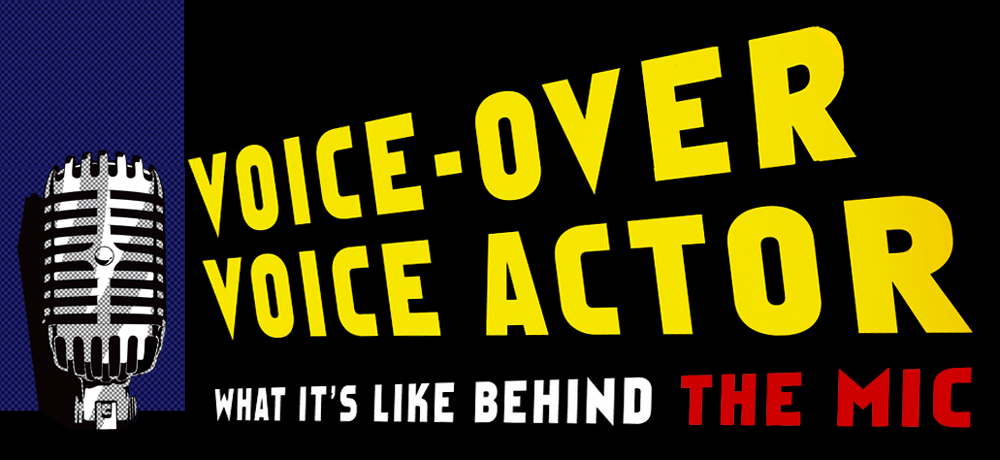Take Action #18: Snake Hiss
1. Inhale deeply and then, holding your palm an inch in front of your mouth so you can feel the air, let out a hiss.
2. Hiss for as long as you are comfortable and then take a deep breath.
3. Repeat this 5 times alternating between an “s” hiss and a “z” hiss (which we guess might be called a ‘hizz’).
4. Begin to gradually increase the length of your hiss (or hizz) as you are comfortable.
Hissing can strengthen your abdominal muscles and your diaphragm because they are working to maintain one strong continuous flow of air. Another exercise that’ll work your abs is to pant, rapidly, like a dog when it is hot. This exercise will force your diaphragm to rapidly push and pull, which will strengthen it over time, but might tire you out pretty quickly. The benefits are many, though, not the least of which being to help protect your voice when you have to do any shouting or yelling.
